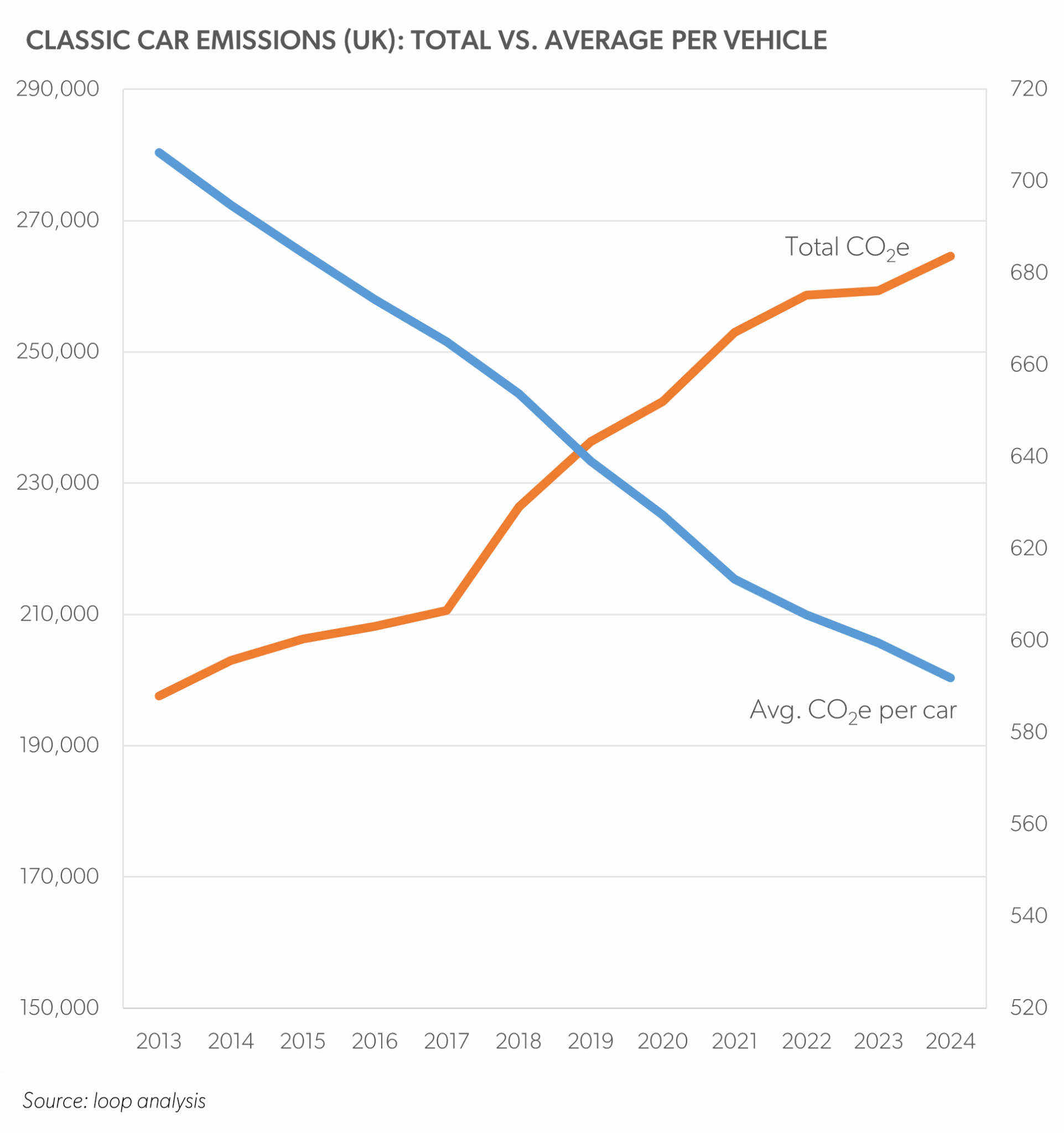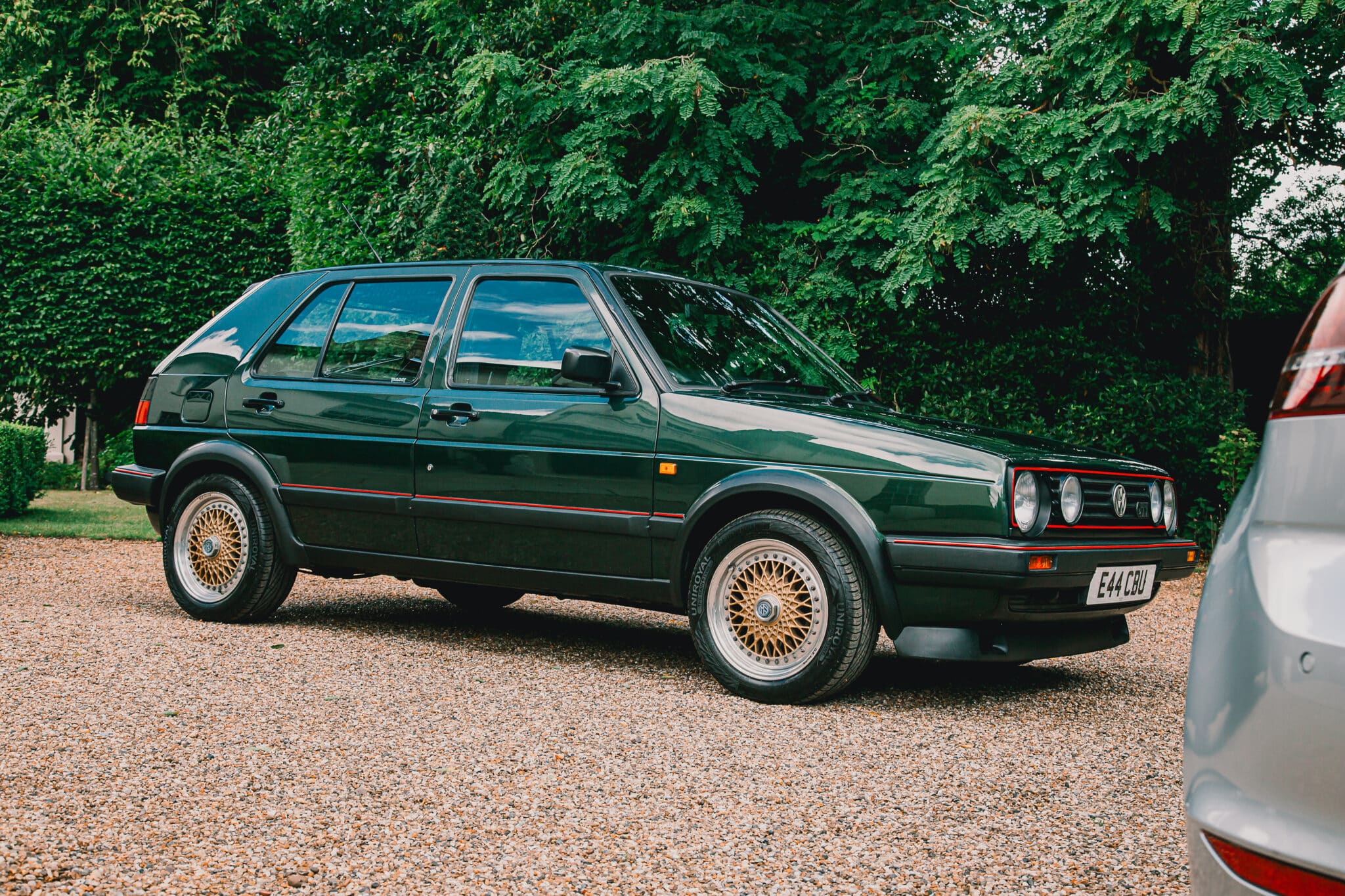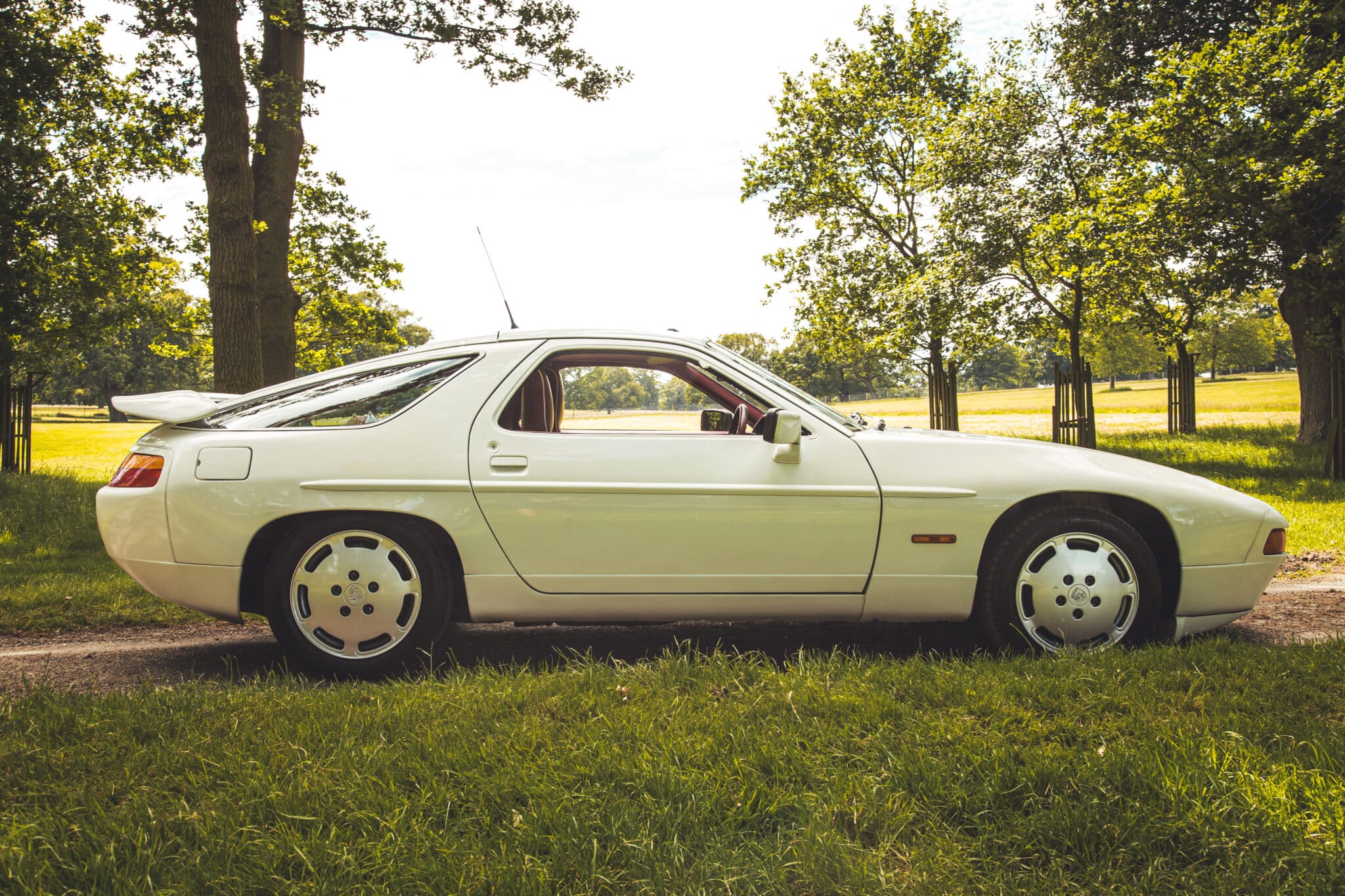Over the last decade, the number of classic cars on UK roads has more than doubled. However, despite more classics being driven, emissions from the sector have only risen by 34% overall. This is, in large part, due to “younger classics” bringing improved fuel efficiency with them.
Back in 2013, there were just under 467,000 classic cars in the UK. At the end of 2024, that had increased to over 1 million. Yet, while the classic community has grown rapidly, the average emissions per vehicle have dropped by 16%, from 899kg of CO2e per car in 2013 to 757kg last year.
A big part of the story is the type of vehicles now officially becoming a classic. Cars from the 1980s, built with fuel injection, electronic ignition, and tighter tolerances, are now becoming classics. Vehicles built between 1978 and 1995 saw a 21% improvement in fuel economy compared to their predecessors, and those changes are now having an impact on today’s emissions.




According to research by automotive communications agency loop, even with more classics on the road, their total environmental impact remains small. Collectively, classic cars accounted for 338,413 tonnes of CO2e in 2024. This is just 0.30% of all UK transport emissions.
To put it another way, the annual emissions from driving a typical classic car now equate to roughly a week and a half of average household emissions.
Classic Cars Are Being Used More
Classic car usage is also increasing, with average annual mileage going up for the third consecutive year. The average yearly use now sits at 1,535 miles, which is back to where it was in 2013. Even with the increase in usage, the data shows the sector is becoming more efficient overall.
“Ten years ago, there were roughly 18,000 cars on our roads that were exactly 30 years old. Today there are nearly 70,000. In fact, there are now more 30 to 33-year-old cars than the total number of classics of any age a decade ago. This influx of young-timers is having a positive impact on the classic sector’s overall emissions, as they bring greater fuel efficiency and tighter emissions controls with them, helping to offset what would otherwise have been a doubling in the environmental footprint of our motoring heritage.”
Alex Kefford, Head of Editorial at automotive communications agency loop
The findings are part of a long-term analysis using official data to measure the classic sector’s emissions. For more on how the analysis was carried out, you can see loop’s earlier report, Quantifying Classic Car Emissions.
Read more automotive industry news

Leave a Reply
You must be logged in to post a comment.